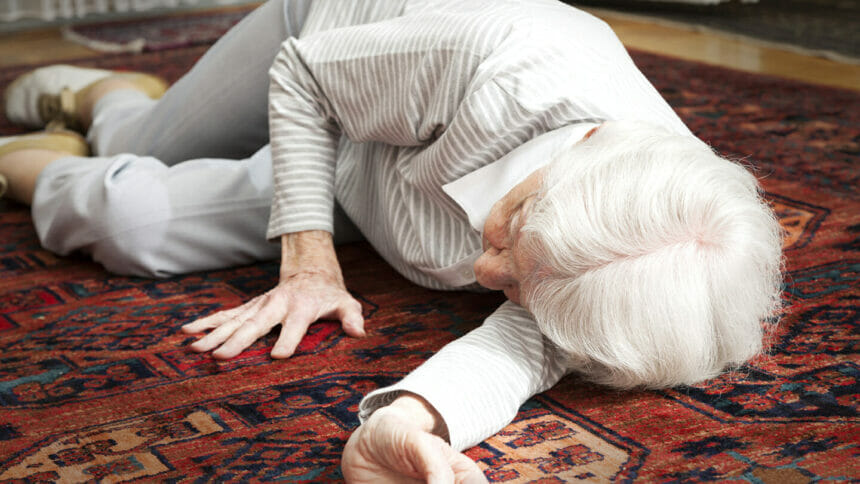
A new study pinpointed seven factors that influence older adults and their families to use fall detection technology, according to a report published Tuesday in BMC Geriatrics.
The team conducted interviews with 30 older adults and 29 families to see what they thought about fall detection technology. Older adults who had stroke, dementia and Parkinson’s disease were included. All of the participants were recruited from NCKU Medical Center in Taiwan.
Interviews showed that participants often had concerns about using wearable fall detection devices. These fell into seven broad categories.
The first was about potential adverse health such as dizziness, skin irritation, electrical leakage, and electromagnetic radiation.
Respondents also expressed concerns about reliance on technology in lieu of human care. They felt greater trust and comfort with extended family members and hired caregivers.
A third concern was personal comfort. Respondents didn’t want devices that were heavy or limited their movement.
Fourth, many participants said they preferred traditional fall prevention tools, such as canes and emergency buttons, because they were more familiar with them.
Attitudes toward technology in general also played a role. Many felt that wearable devices might be inconvenient or strange, and they preferred to not need something attached to their bodies.
Financial concerns also affected a patient or caregiver’s willingness to use technology. If a device was expensive or a family had limited resources, they were less likely to adopt it.
Finally, participants’ expectations about the kind of help technology could deliver also influenced how likely they were to use fall detection devices. Those who were open to trying them preferred products that include remote notifications, real-time status updates and other functions that would provide immediate assistance in the event of a fall. They also wanted the technology to provide physical support that would prevent falls.
“It seems that the function of fall detection technology is oriented toward notifying the families, enabling them to assist immediately. Therefore, prioritizing the creation of devices that detect falls and provide added value through additional features is beneficial for enhancing overall safety and well-being,” the authors noted.
Of the factors identified, the authors said that understanding these factors is essential for the successful integration of such technologies into the lives of older adults.
“The conclusion highlights the need to address these factors to encourage adoption, advocating for user-centered, safe, and affordable technology,” the team wrote, adding that their research includes insights for creation of new technologies.




